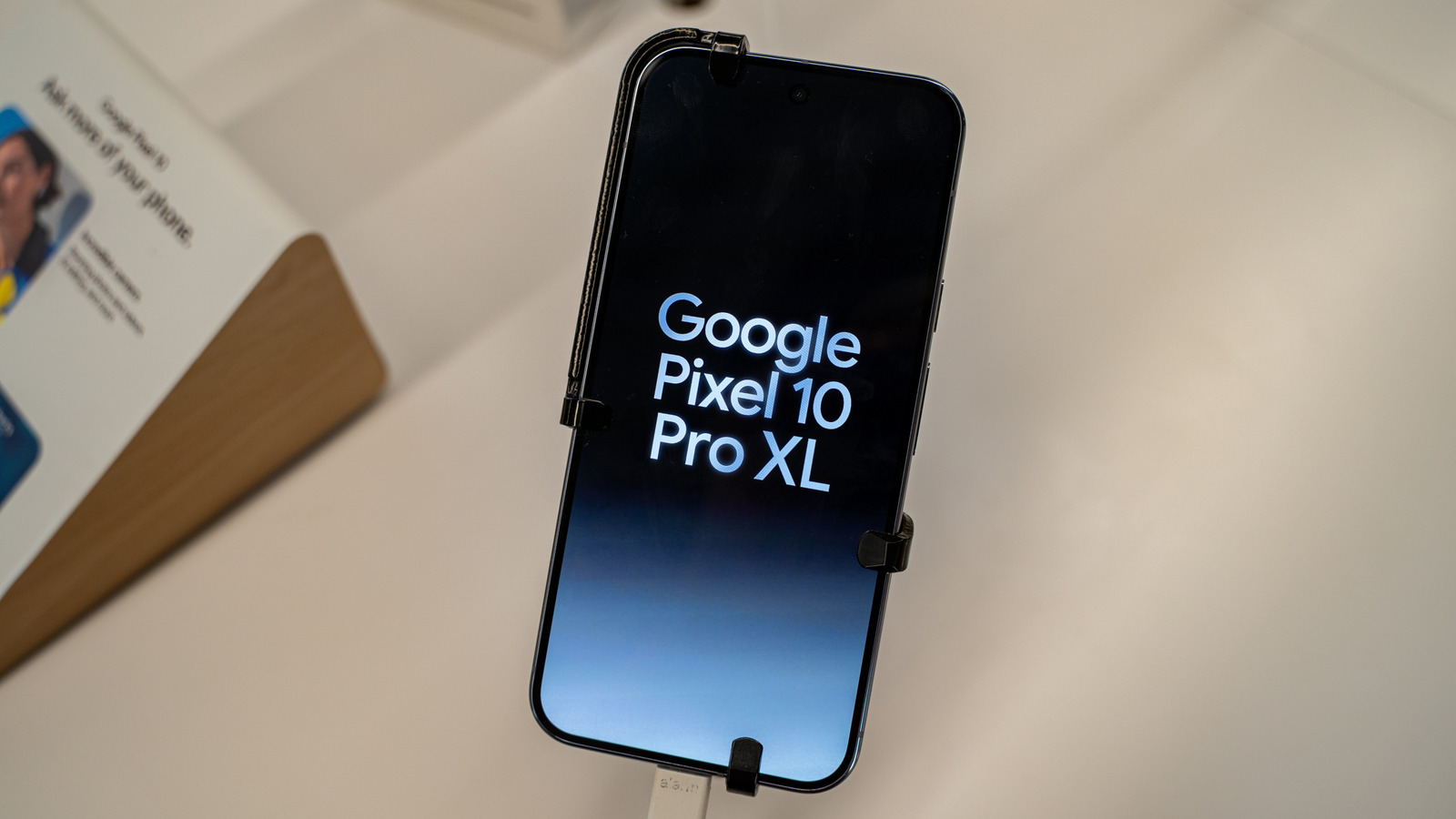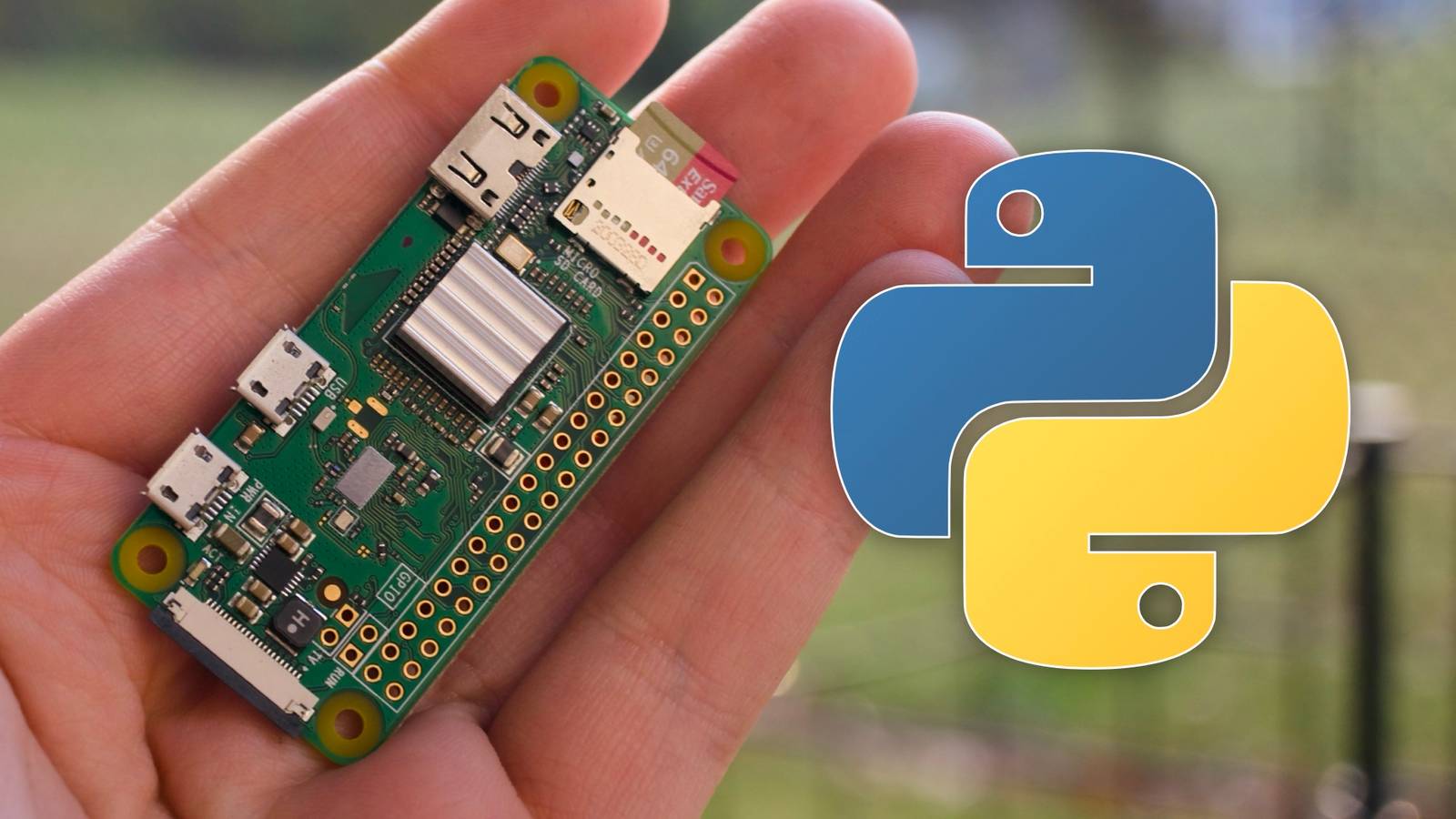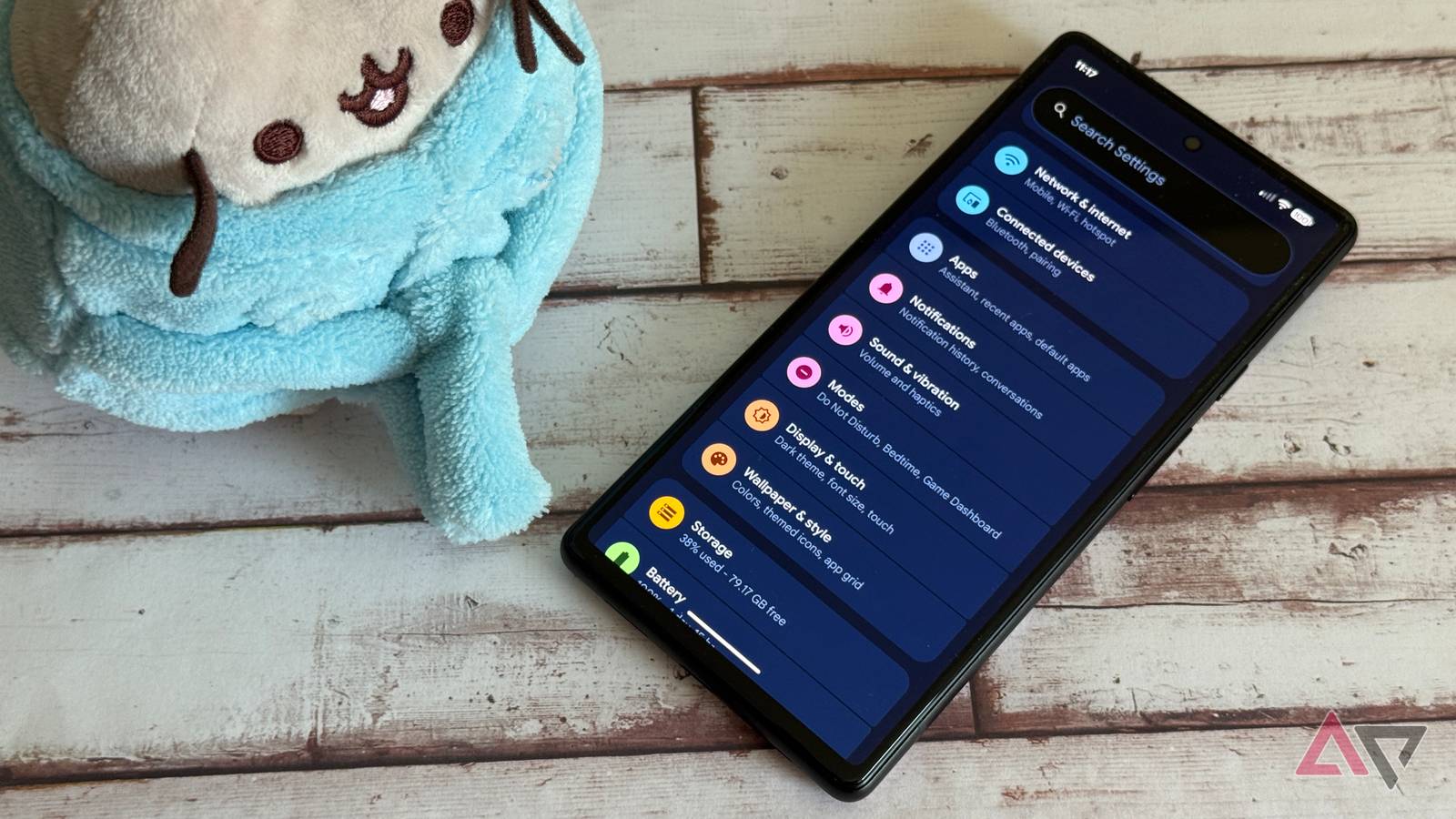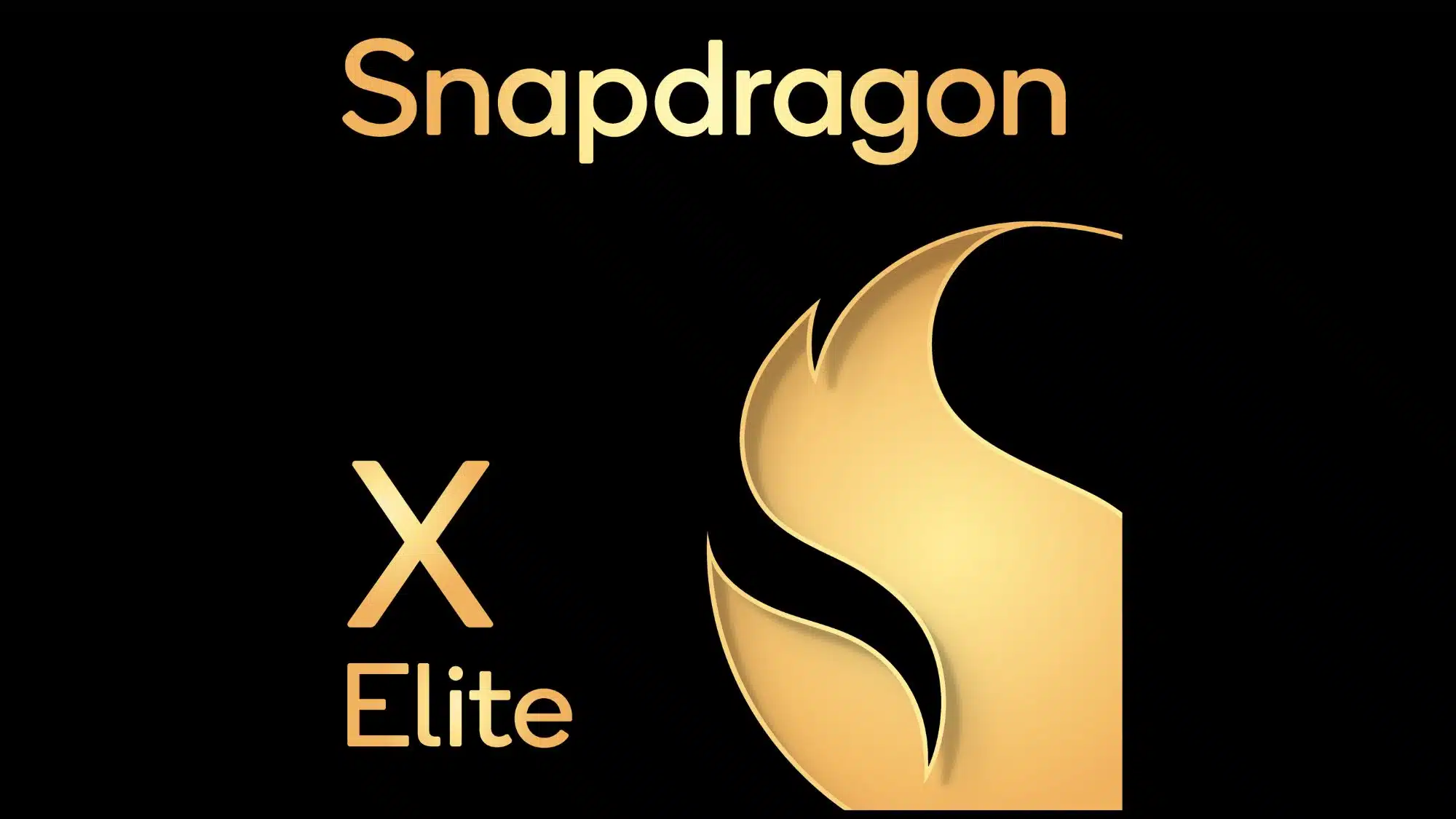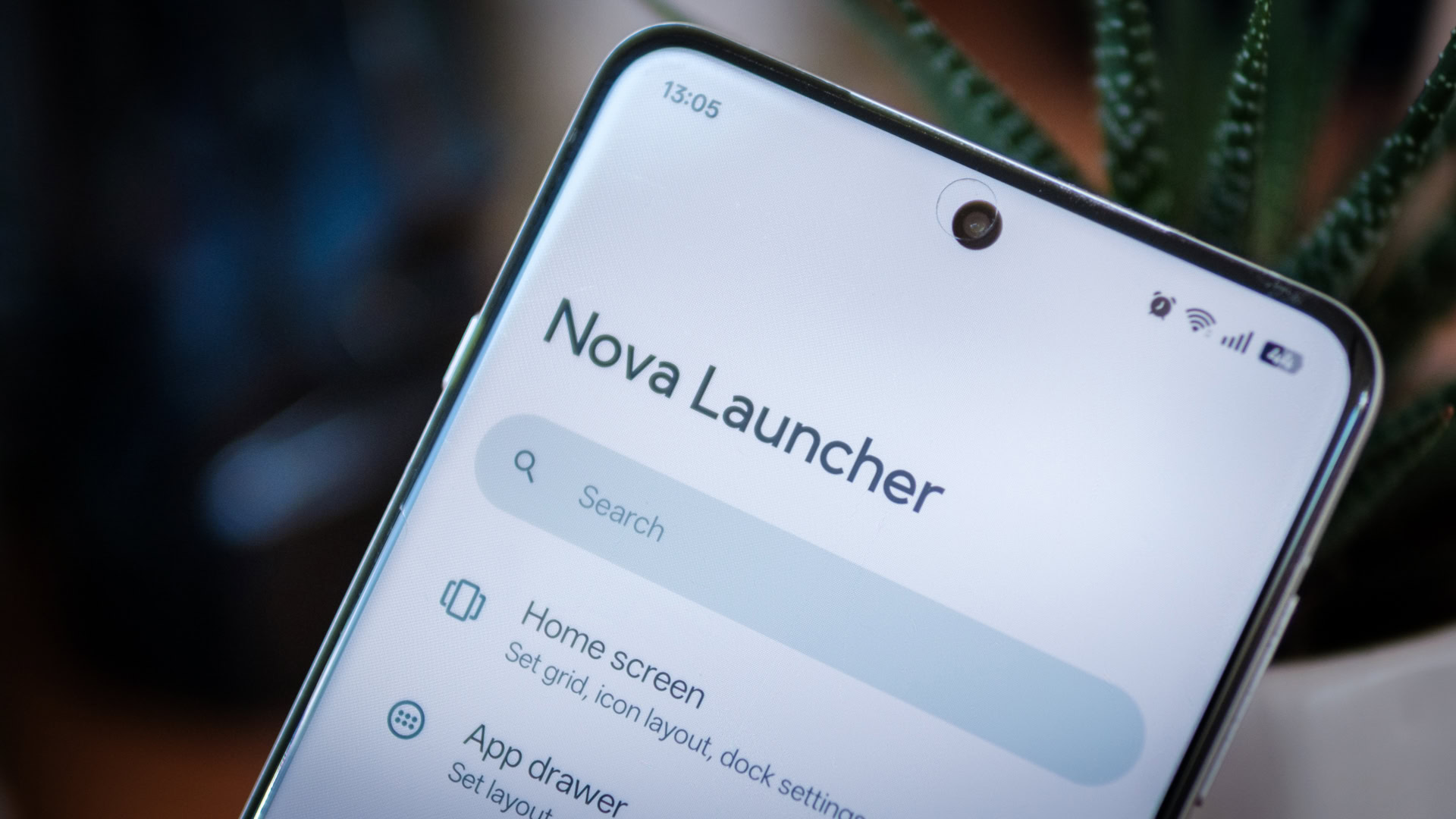Longtime iOS users are finding it difficult to leave Apple’s walled garden. Apple doesn’t make it easy, but switching to Android may be worth it once you find what you’re missing. Android, available on dozens of phones from different manufacturers, is the most popular operating system with more than 75% of the global market share – and for good reason. Of course, some Android phones cost a lot less than others, making them accessible to more smartphone users, but the operating system has other benefits beyond price. Android phones can be fun and innovative with a multitude of options like gaming phones, foldable phones, and even e-ink phones, all while offering fewer restrictions.
Whether you’re considering making the switch because you’re tired of iOS or because you want a phone that’s better integrated with Google’s suite of services, Android phones are worth considering. The following list makes a strong case for switching from iOS to Android.
Android phones are more affordable
With the latest iPhones ranging from $799 for the iPhone 17 to $1,199 for the iPhone Pro Max, there isn’t really a budget option, unless you consider the iPhone 16e, which is only $200 cheaper. On Team Android, you can get a quality phone for under $500, and while you may have to compromise on camera performance, build quality, or display resolution, you still get a phone with most of the features you actually need.
Take, for example, the Nothing line of phones. The $799 Nothing Phone (3) is the flagship option, but you can get the Phone (3a) Pro for $459. If you want to go even lower, opt for CMF brand phones, manufactured by Nothing. CMF is Nothing’s budget line, offering affordable yet functional devices that cost a fraction of the price of the cheapest iPhone. The CMF Phone 2 Pro is the brand’s flagship product and costs just $279. For that price, you get a 50 MP main camera, a 6.77-inch flexible AMOLED display, and Nothing OS 3.2, which runs on top of Android and adds a ton of unique features.
While Nothing has some of the most affordable Android phones, they’re not the only ones who know how to deliver a premium device on a budget. Google’s budget line of Pixel phones is solid, with the Pixel 9a being a solid but often overlooked option. Samsung and Motorola also have budget options worth looking into.
Innovative designs
Android phones just want to have fun. If you doubt this, take a look at all the foldables available from Samsung, Google, Motorola and OnePlus. Are foldable phones a gimmick? Maybe at some point in the past, but they get better every year. If you’re tired of rumors that Apple will release a foldable phone in the near future, you might want to take a close look at Android foldables to satisfy your craving.
Foldables are great, but they’re not the only fun option. The LG Wing is one of the more original phone designs, sporting an entire second screen that rotates from vertical to horizontal orientation, giving the phone a T-shape. Unfortunately, the phone is no longer in production. LG left the phone business entirely shortly after the Wing’s release, but at least it continued to update the phone years after leaving the industry. Maybe one day we will have an LG Wing 2.
Other original androids have appeared at tech conferences, like this foldable Motorola phone meant to be worn on the wrist. Electronic ink phones are a category of their own. Hibreak’s Bigme e-ink phone is one of the first of its kind, delivering a full Android 14 experience on an e-ink display. It’s not the best candidate for watching YouTube or browsing social media due to the low refresh rate, but some people enjoy the experience because it helps them disconnect from an always-online world. The Onyx Boox Palma is also an electronic ink device. Unfortunately, it cannot be used as a phone despite how it looks and works. Still, you can download any app from the Google Play Store, and it’s a great e-reader alternative if you’re looking for something smaller.
The Google ecosystem
Whether you use Google Drive for school or work, Google Maps while driving, Gemini for AI assistance, or Gmail for personal correspondence, it’s almost impossible to avoid the Google ecosystem. There are of course alternatives. The Proton suite of products can replace many of Google’s most used services, such as Drive, Calendar, and Gmail. Transitioning to a whole new ecosystem is a difficult affair for some.
Doubling down on Google by getting an Android phone has benefits if you’re already invested in the ecosystem, as Google apps offer better integration on Android. Photos taken on an Android phone can be immediately sent to the cloud, which you can access from your computer via a web browser. Google Drive is also better on Android, letting you access files stored in the cloud from your phone’s File Explorer. This makes it easy to navigate files through a single app, whether stored locally or in the cloud, saving a lot of time. The other significant advantage is the easy access to Gemini via a simple press of a button or by saying the keyword “Hey Google”. Gemini, which replaced Google Assistant on Android phones, is a useful AI tool that can do more than the old assistant. Plus, it works much better than Apple’s AI, which lags behind on this metric.
Gaming Phones
There are gaming PCs, laptops, headsets, keyboards and mice. There are now gaming phones as well. If you haven’t been keeping up, Android gaming phones take up a very small share of the phone industry. They are expensive, distinctive and excessive for most people. This isn’t the phone you get when you only play “Wordle” or “Balatro.” It’s like driving a McLaren to the supermarket.
Gaming phones, while not for everyone, exist for a reason. These phones offer premium components under the hood, better and sharper screens, and improved cooling to ensure the phone doesn’t overheat. If you want to have the best experience playing “Genshin Impact” or “Zenless Zone Zero,” then maybe a gaming phone is for you. Some professional players of “PUBG Mobile” and “Call of Duty: Mobile” use gaming phones, proving that these devices provide a top-notch gaming experience. ASUS ROG Phones are arguably the best option. The latest ROG Phone 9 Pro is a performance beast powered by a Snapdragon 8 Elite processor, which is one of the most powerful smartphone processors available. It also has a 6.78-inch AMOLED display with a 185Hz refresh rate for smooth gaming. With a peak brightness of 2,500 nits, you can use this phone in broad daylight. This may be overkill for most games, but for competitive games or graphically demanding titles, it’s perfect.
Androids have fewer limitations.
Although you can now use some video game emulators on iOS, Androids have been doing it much longer, and they’re doing it even better. There are simply more emulator apps available on the Google Play Store, and managing files like ROMs is much simpler through Android’s file management system. It’s not just about emulators. Android lets you install apps not available on the Google App Store through a process called “sideloading.” You can download apps like “Fortnite” that you can’t find on the Google Play Store. Although Android may block some apps from sideloading because they are outdated, newer apps that work with the current version of Android should work fine.
Android phones are also very customizable. You can choose custom color palettes for the UI with Android’s Material You, create unique emoji-based wallpapers, change app icons, and much more. Google’s Pixel phones usually get the best Android features first, but they eventually trickle down to other Android phones.






